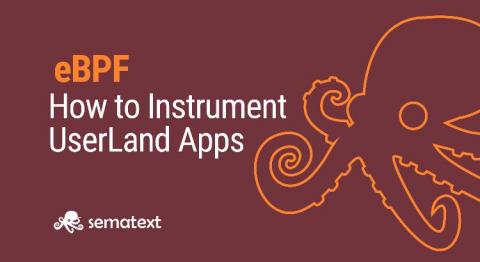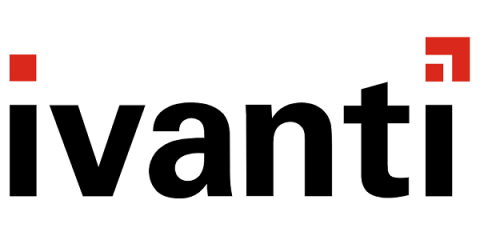Operations | Monitoring | ITSM | DevOps | Cloud
Blog
How to Instrument UserLand Apps with eBPF
eBPF has revolutionized the observability landscape in the Linux kernel. Throughout our previous blog post series, I covered the fundamental building blocks of the eBPF ecosystem, scratched the surface of XDP and showed how closely it cooperates with the eBPF infrastructure to introduce a fast-processing datapath in the networking stack. Nevertheless, eBPF is not exclusive to kernel-space tracing.
Looking back at 2019 and why it was a great year for Codefresh
Like in 2018, now that 2019 is gone, it is time to look back and see all the major Codefresh features that were added over the past year. The highlight of the year was, of course, the world’s first live debugger for CI/CD pipelines, a feature that makes us really proud since it changes completely the way you create and analyze CI/CD pipelines.
Unit testing mmctl commands
Mattermost is starting a new open source campaign, this time around increasing the unit test coverage for the mmctl tool. The mmctl tool is a CLI application that mimics the commands and features of the current Mattermost CLI tool and uses the Mattermost REST API to communicate with the server. Using the tool, you can control and manage several Mattermost servers without having to access the specific machine on which the server is running.
Creating a Custom Container for the Deep Learning Toolkit: Splunk + Rapids.ai
The Deep Learning Toolkit (DLTK) was launched at .conf19 with the intention of helping customers leverage additional Deep Learning frameworks as part of their machine learning workflows. The app ships with four separate containers: Tensorflow 2.0 - CPU, Tensorflow 2.0 GPU, Pytorch and SpaCy. All of the containers provide a base install of Jupyter Lab & Tensorboard to help customers develop and create neural nets or custom algorithms.
Best Practices for Using Splunk Workload Management
Workload management is a powerful Splunk Enterprise feature that allows you to assign system resources to Splunk workloads based on business priorities. In this blog, I will describe four best practices for using workload management. If you want to refresh your knowledge about this feature or use cases that it solves, please read through our recent series of workload management blogs — part 1, part 2, and part 3.
The Daily Telegraf: Getting Started with Telegraf and Splunk
In this blog post, we discuss using Telegraf as your core metrics collection platform with the Splunk App for Infrastructure (SAI) version 2.0, the latest version of Splunk’s infrastructure monitoring app that was recently announced at Splunk .conf19. This blog post assumes you already have some familiarity with Telegraf and Splunk. We provided steps and examples to make sense of everything along the way, and there are also links to resources for more advanced workflows and considerations.
2020 ITxM Predictions: A Transfusion of Expert Insight
Quick question. What does ITxM mean to you? Well, a Google search leads immediately to scores of results pertaining to the essential, life-saving industry of transfusion medicine and the donation, storage, and distribution of blood products. But what does ITxM mean within the context of enterprise IT network environments? Well, it’s all about improving an organization’s capabilities within the areas of IT asset, IT service, and IT security management systematically.
Grafana- Everything you need to know
Grafana is an open-source platform for data visualization, monitoring, and analysis. It's designed around providing context-rich visualizations, mainly though graphs but also supports other ways to present data through pluggable panel architecture. Every dashboard is versatile and custom-buildable for specific projects of software development or business requirement. Grafana’s beautiful dashboards are one of the reasons Grafana is so popular with users.
7 Tips for Rock-Solid Serverless CICD
The DevOps infinity loop is a visualization that everyone reading this article is likely familiar with, and one that comfortably predates serverless computing. Yet despite the peculiarities of developing within the serverless paradigm, it’s still what guides our approach to CICD. But while the zoomed-out view might be the same, when it comes to adjusting for serverless, the devil is in the details.









